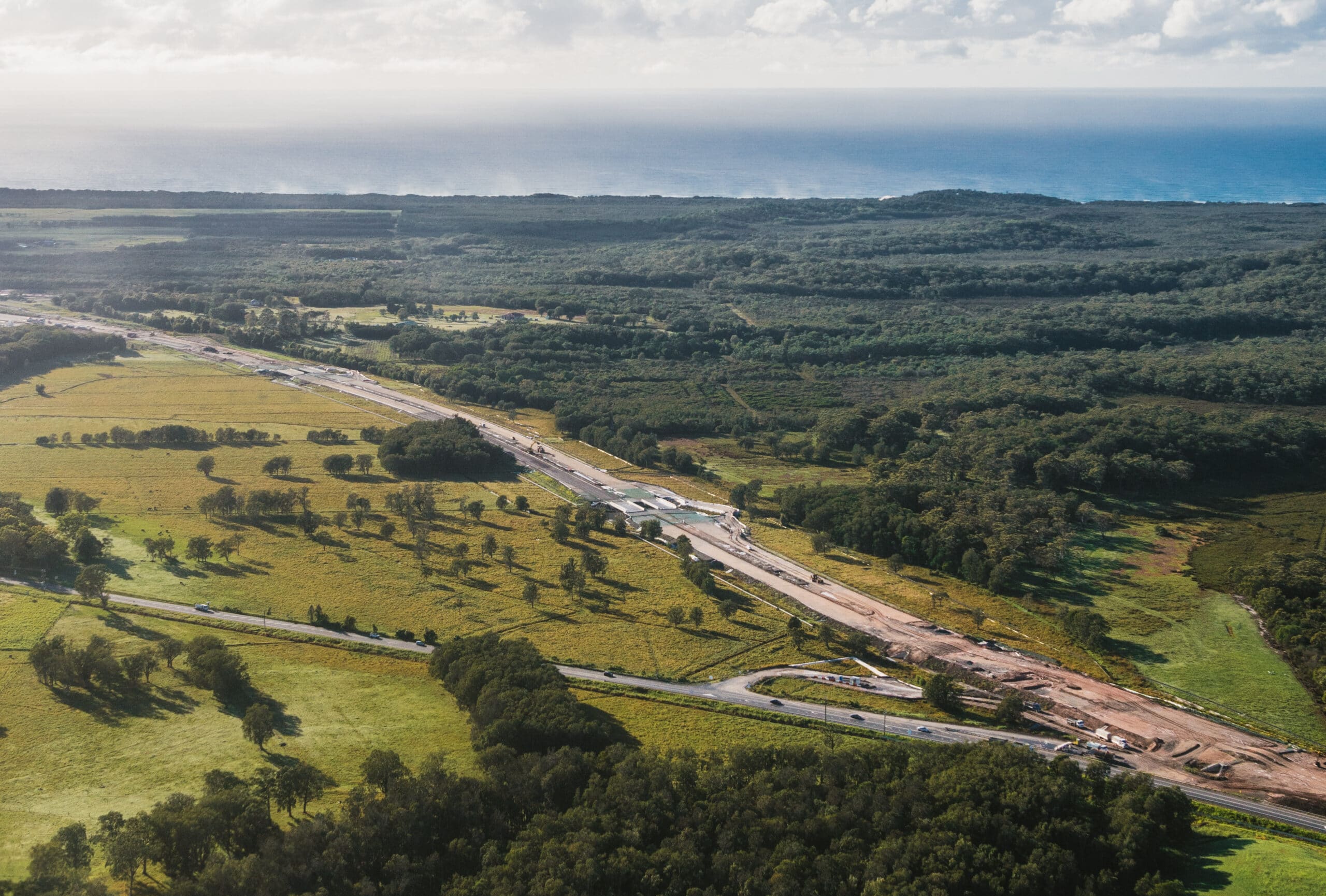Did you know that HL assists companies in achieving their Carbon Farming Sequestration targets. From initial reporting, through to design and installation as well as long term establishment and monitoring.
Carbon farming presents an opportunity to help restore balance, using Earth’s land-based plant life and wetlands to naturally reabsorb excess carbon dioxide, or changing land management practices to reduce the amount of greenhouse gases emitted from human activities.
Carbon farming land management activities seek to:
- Reduce anthropogenic carbon emissions
- Increase carbon sequestration in carbon sinks
Carbon farming can also provide landholders with a range of benefits such as increased natural capital and an alternate source of income. Benefits could include:
- Improved water use efficiency
- Better protection for stock (through natural shade and windbreaks)
- Improved livestock production
- Increasing habitat for threatened species
- Improved soil quality
- Improved fertiliser-use efficiency.
In 2015, the global community came together to create the Paris Climate Agreement, a landmark voluntary global agreement to combat climate change.
As part of the Agreement, each signatory country set their own Nationally Determined Contribution or emissions reduction target, and carbon markets are one of the primary tools that are being used to reduce carbon emissions and meet targets.
In response to the Agreement, Australia set a target of reducing its emissions by 26-28% compared with 2005 levels and reaching net zero emissions by 2050.
Due to its size and diverse natural ecology, Australia is well positioned to generate carbon credits through carbon farming. There are already over 250 carbon farming projects operating under the Australian Government’s Emissions Reduction Fund (ERF).
As the global economy shifts towards a low emissions future, emitters are looking for new and secure supplies of credits to offset their carbon impact. Important economic sectors, such as mining, agriculture, and tourism are already transforming their practices to reduce emissions and minimise their environmental impact.
The Carbon Farming Industry Roadmap sets a path for both government and the private sector to work together, addressing opportunities and challenges for the future growth of the domestic carbon farming industry.

